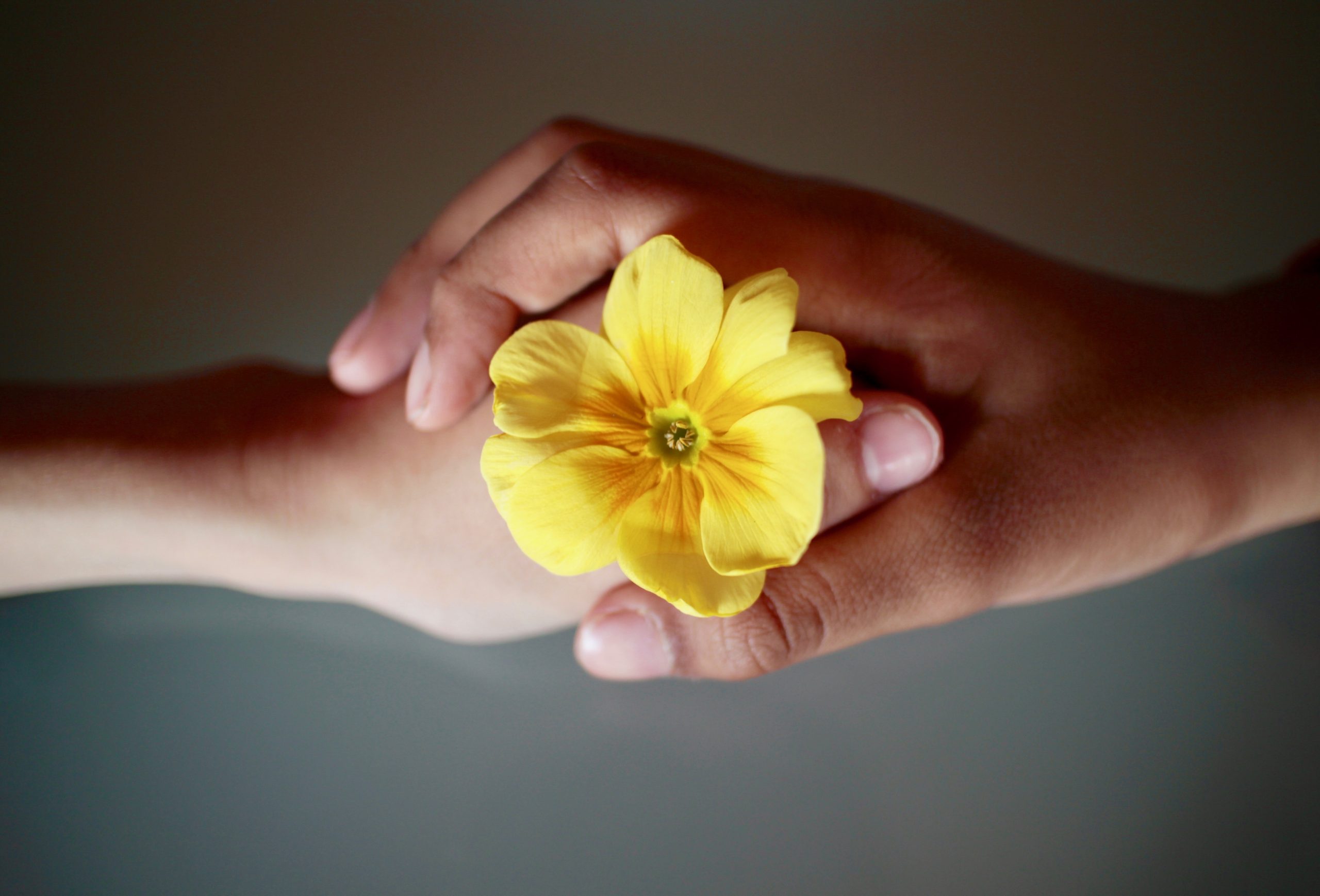
Where Do LGBTQ+ Youth Have Access to Mental Health Services?
Of all mental health facilities that serve youth in the U.S., only 28% offered LGBTQ (lesbian, gay, bisexual, transgender, and queer)-specific mental health services in 2020, a small increase from 25% in 2014, according to data from the National Mental Health Services Survey.
Per capita, all 50 states had fewer than 10 youth-serving facilities with LGBTQ-specific services per 100,000 children, with services more available in coastal states and less available in rural ones, reported Kristen Choi, PhD, RN, of the UCLA School of Nursing in Los Angeles, and co-authors in a research letter published in JAMA Pediatrics.
For-profit facility status was associated with higher odds of offering LGBTQ-specific services compared with nonprofit status (OR 1.55, 95% CI 1.38-1.74), while public facility status was associated with lower odds (OR 0.78, 95% CI 0.67-0.92). Facility accreditation was associated with higher odds of offering these services (OR 1.45, 95% CI 1.27-1.65).
“From that time period of 2014 to 2020, I would have expected to see us doing better, maybe more facilities offering care for that population, as we’ve come to recognize much more than we did in the past what these mental health disparities look like,” Choi told MedPage Today. “But that was not actually the case.”
The authors concluded that their “findings suggest a need to expand availability of LGBTQ services for youth in underserved geographic areas and in public mental health care.”
States in which more than 40% of youth-serving mental health facilities also offered LGBTQ-specific services included Hawaii, Oregon, California, Nevada, New Mexico, Connecticut, Rhode Island, and Maryland.
States with six or more facilities offering these services per 100,000 children included Alaska, Idaho, Utah, Arkansas, Michigan, Maryland, Connecticut, and Vermont.
Choi noted that in those states with a higher number of facilities per child, the statistics don’t always paint a full picture. “What often happens in those rural states though, is even if they [look like they have] a favorable rate, those facilities are not necessarily going to be geographically accessible to those who live in the state,” she said. “Often, the mental health facilities will be in urban centers, and they are not actually accessible in reality.”
The national survey also failed to capture mental health care offered by schools or primary care physicians. “We know that a lot of kids are accessing that care in their pediatrician’s office or in schools,” Choi said.
LGBTQ youth have a three times higher prevalence of depression and anxiety compared with heterosexual or cisgender youth, and 45% have considered suicide, past research has shown. In 2022, 14% attempted it, according to the Trevor Project’s National Survey. More than half have reported wanting mental health care but not receiving any, for a number of reasons.
Choi, who also works with kids and teens as a psychiatric nurse, said that “it’s not at all guaranteed that training for physicians, for nurses, for social workers, [or] counselors includes a robust curriculum on these issues.”
“And — just anecdotal — but in my own work in healthcare, many people really lack this training, and so I think there’s there’s a lot more work to be done there,” she added.
Choi said she is working toward answering questions about LGBTQ+-focused mental health care access on a more granular level (county or census tract) with future research, in addition to more clearly defining affirmative LGBTQ+-specific mental health care, quantifying the utilization of these services nationally, and analyzing outcomes.
Healthcare professionals have a big role to play in improving access to mental health care for LGBTQ+ youth, Choi added. “We’ve learned so much, and if you’re someone who’s been in practice for a number of years, take the time to educate yourself on this. There’s so many excellent resources out there and trainings on how you can provide sensitive care for this population,” she said.
“It’s just important that healthcare providers are staying abreast of this issue, speaking up about what we see, and being able to provide data to hopefully support policies that can promote health and well-being for LGBTQ youth,” she noted. “We’re often the ones with the first-hand experience to be able to speak to that.”
Data for the study came from the National Mental Health Services Survey, a census survey conducted by the Substance Abuse and Mental Health Services Administration, from 2014 to 2020. Public and private facilities that provided mental health care in the U.S. were asked the question, “Does this facility offer a mental health treatment program or group that is dedicated or designed exclusively for clients [who are] lesbian, gay, bisexual, transgender, or queer/questioning (LGBTQ)? If this facility treats [these] clients but does not have a specifically tailored program or group for them, DO NOT mark the box.”
There were 12,275 U.S. public and private facilities included in the 2020 sample, and 8,077 served children or youth. Of these, 2,294 offered LGBTQ-specific services to youth.
The researchers assessed each facility’s state, type (inpatient, outpatient, residential, or other), ownership (public, nonprofit, or for-profit), and accreditation status.
Choi and team acknowledged that their study excluded youth-level use data, or data on how many children used LGBTQ-specific services. The use of self-reported data in the survey was also a limitation.
Disclosures
This research was funded by the Gordon and Betty Moore Foundation through the Betty Irene Moore Fellowship for Nurse Leaders and Innovators.
Choi reported personal fees from Psych Hub, Radicle Science, and the University of Southern California; research grants from the National Institute on Minority Health and Health Disparities, AARP/RWJF Campaign for Action, and Hearst Foundations; and being an employee at Gateways Hospital and Mental Health Center.
A co-author reported receiving grants from the National Institute of Diabetes and Digestive and Kidney Diseases and the CDC.
Primary Source
JAMA Pediatrics
Source Reference: Choi KR, et al “Availability of LGBTQ mental health services for US youth, 2014 to 2020” JAMA Pediatr 2023; DOI: 10.1001/jamapediatrics.2023.1473.







